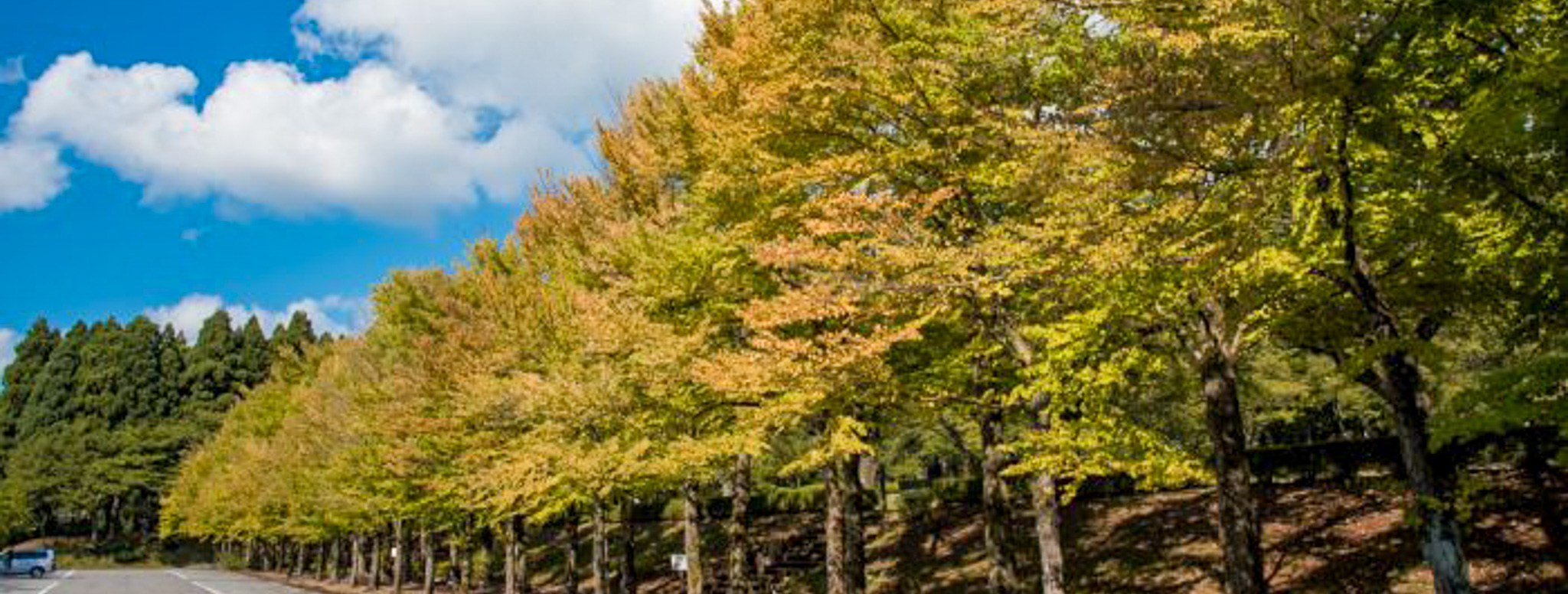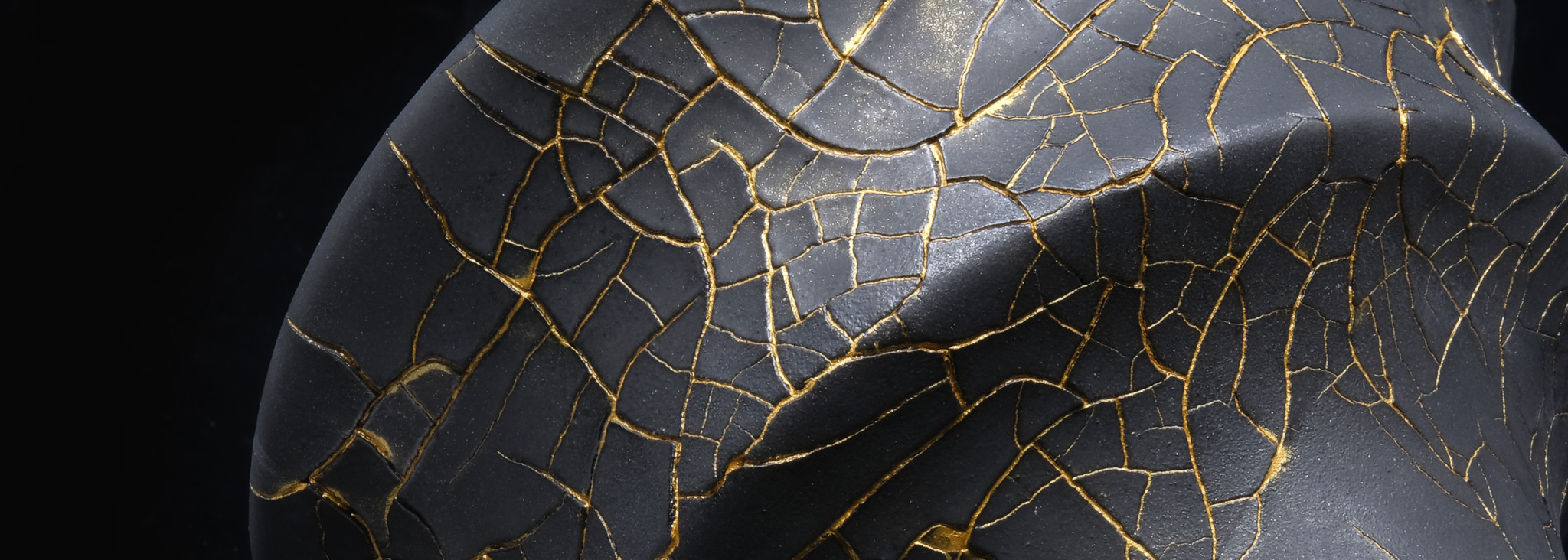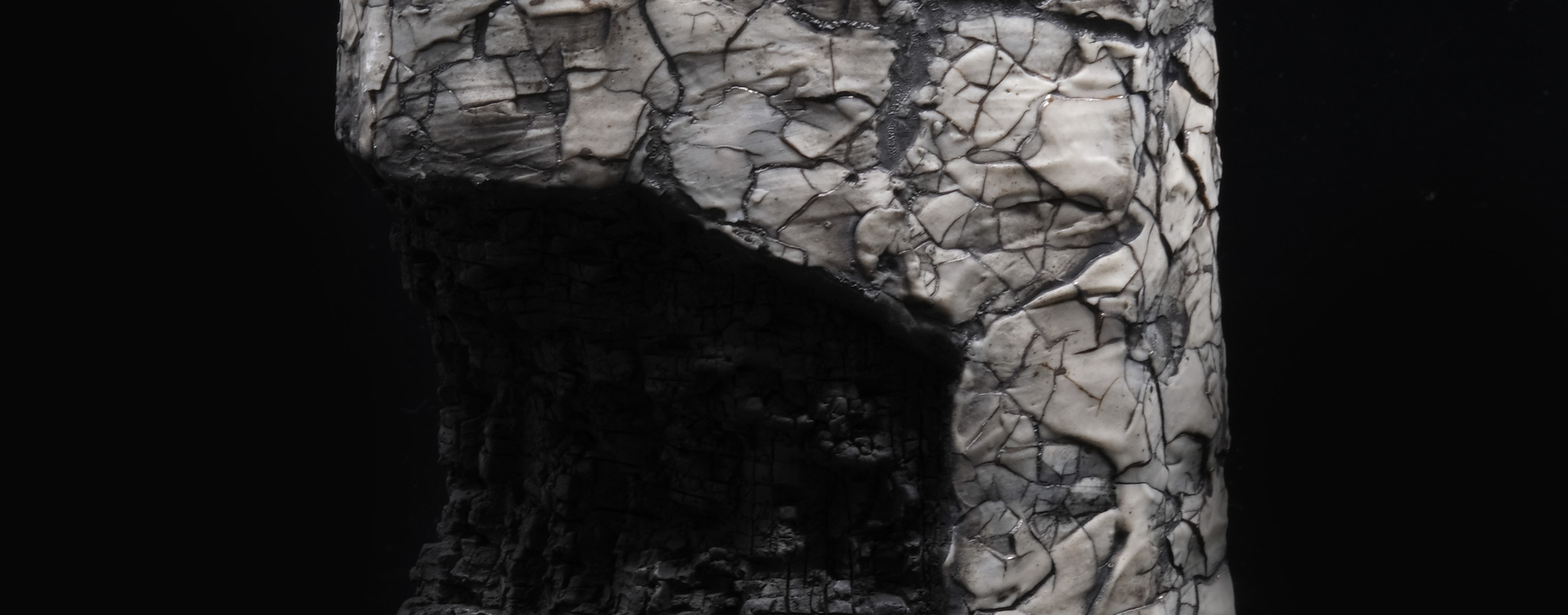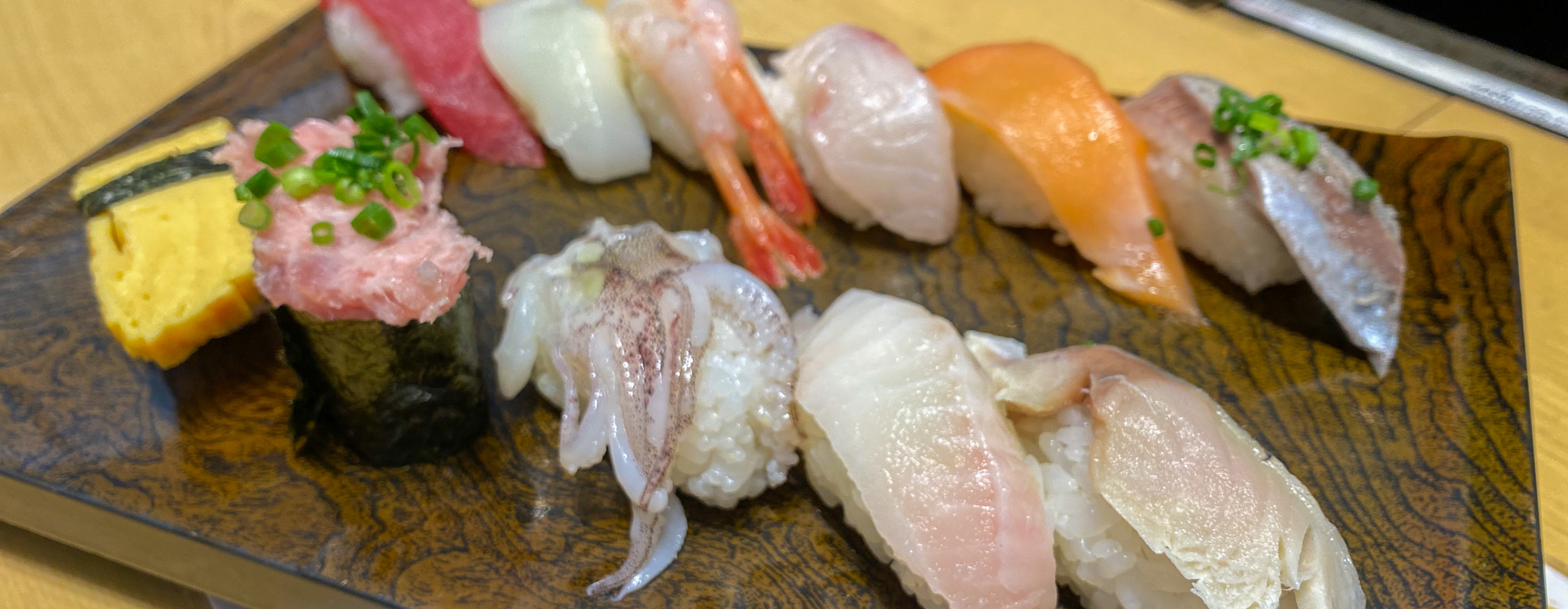
Interview with ceramic artist Keiichi Sato (Kanazawa, Ishikawa Prefecture)
Share
Just before the first snow fell, I visited ceramic artist Keiichi Sato at his studio in Kanazawa.

The journey to becoming a potter
I was born in Ishikawa Prefecture.
From an early age, I was very dexterous and was able to quickly imitate what other people were doing.
Just before graduating from high school in Kanazawa, about a week before classes were to end, I got into a fight with a teacher over a trivial matter, so I shaved my head and moved to Tokyo (lol). I had never been to Tokyo before, but I stayed at a senior student's house. I even slept outdoors (lol). It was the opposite of being a hikikomori. I was a bad son...
Back then, if you wanted to call Ishikawa from Tokyo, you would need a 500 yen phone card, which would last for a minute or so.
From there, I mainly lived in Koenji and worked in Roppongi, Nakano, Shibuya, Harajuku, selling secondhand clothes and designing T-shirts. At the same time, I was also active in music, performing in Shimokitazawa and Koenji.
When I turned 33, I started to neglect my band activities and returned to Kanazawa with an eye on my future. I discovered pottery and continued to work while attending pottery classes and making pottery. Looking back, I think there were other places nearby, like Kasama and Mashiko.
By the way, the genre of the band was hardcore and grunge, and I was the vocalist. I shouted (laughs).
I set up my current studio around 2009, and in 2016, I started making flowerpots after receiving orders for them through Instagram DMs. It was around the time that invisible ink became unavailable online. As a result, I was unable to express what I wanted to do with vessels, and flowerpots were the answer. In 2018, my own flowerpots started to sell mainly in Taiwan and Hong Kong, and thankfully, I gradually started to receive orders from China and Singapore, and of course from Japan, so I'm currently focusing on making flowerpots. I'm also thinking about selling them on Base again.

Please tell me the four seasons in Yamate, Kanazawa
As expected, Kanazawa has snow in winter! It's amazing. There's nothing but snow in winter.
It's a heavy snow area, and snow piles up tremendously. It's easy for it to pile up to 1-2m. The amount of snowfall is about three times that in Kanazawa city and at the atelier in the mountains.
Prefectural and national roads are cleared by snowplows every day, so it's not a big problem, but I use my own snowplow to clear the snow around my house. Yes, I have my own snowplow (laughs). I fill it with gas and use it to clear the snow.
Ishikawa is a place where it is often cloudy, rainy or snowy throughout the year, so much so that it is said that there is only one sunny day every two days. There are often days when it doesn't clear up for a week. This studio is also almost always damp. So my favorite seasons are probably the dry autumn and summer. The soil dries quickly, so I can get more work done.
Spring comes late, around May. Summer is hot enough to turn on the air conditioner. Bears may appear in autumn.
It feels like humans live in the same area where bears live. Besides bears and foxes, there are also big deer and Japanese macaques. The deer are really big! On rare occasions, you can see foxes through the snow. Foxes are beautiful, especially their tails.
I make pottery here almost every day.

Please tell me the process of making pottery.
We have several series, each with different procedures, techniques, and technologies.
Most of it is a trade secret, but I will explain it as simply as I can. I am currently working on a prototype of a flowerpot that only I can make.

First of all, for this KIKAZARI series, the black clay is put through a kneader and then shaped on an electric potter's wheel. As a preface, please understand that the pottery-making procedures differ for each piece.
After shaping, I dry it and carefully carve it. Before bisque firing, I use an original technique to cover the entire piece with white enrobing clay, then bisque firing at 7-800℃ leaves the areas where the white enrobing clay was applied with cracks and fissures. This is my own technique and a trade secret. After that, I apply a specially mixed glaze to the inside and a pigment to the outside before firing.
In other words, after firing in an electric kiln, a custom coating is applied to prevent the cracks in the white clay from disappearing, and the piece is fired again at 800°C. After that, the cracks are painted using Kutani ware's Japanese paints. The cracks and cracks are painted one by one carefully, mainly with a brush. The piece is then fired again at 800°C. After that, the piece may be painted again using the Japanese paints used in Kutani ware, and fired once more, but it is then processed and finished. The piece is fired at least three times, and some pieces are fired four or more times. The selling price varies depending on the number of times it is fired, the effort required, and the materials used.

The KIHAKU series is also shaped by hollowing out lumps of black clay that have been put through a kneading machine.
Starting from a lump of clay, the outer part is carefully carved out to create the shape, then the inner part is carved out, and the finished shape is achieved before it dries. From here, just like the KIKAZARI series, it is covered with white encaustic clay and bisque fired, and when it is removed, the encaustic clay will have cracks. After that, a specially formulated glaze is applied and the piece is fired, and then a special coating is applied to prevent the cracks in the white encaustic clay from disappearing, and it is then fired again at 800℃ to complete the piece.
Future outlook
I want to continue to explore new techniques and skills.
I am currently working on new samples. I feel that if you don't constantly seek out new things, you won't survive in this world. I would like to propose unique flowerpots that will be in demand.

OMBLE:
Thank you for reading to the end.
The pieces were made with great care and attention to detail, such as repeatedly firing the pieces and painting the cracks one by one. I was impressed by Mr. Sato's continued search for new techniques and unique methods while continuing to create his pottery.
On my way home, I was casually watching a group of elementary school students going home from school when I heard the sound of bells ringing. I noticed they had bells attached to their school bags, and I wondered if they were to scare off bears. It was autumn in Kanazawa.
On the way back, I hurriedly ate some sushi. After all, seafood is best from the Sea of Japan.
